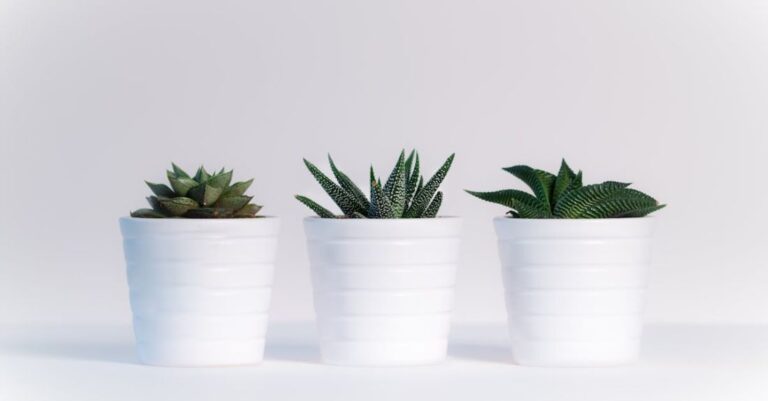
The Galapagos Islands, located in the Pacific Ocean, are renowned for their unique and diverse ecosystems. However, the delicate balance of these ecosystems is threatened by the presence of invasive plant species. Invasive plants can outcompete native vegetation, disrupt natural habitats, and harm the biodiversity of the islands. Identifying and understanding these invasive species is crucial for conservation efforts in the Galapagos. Here are some of the most problematic invasive plant species in the archipelago:
The Threat of Blackberry Bushes
One of the most widespread invasive plant species in the Galapagos is the blackberry bush (Rubus niveus). Originally introduced for agricultural purposes, blackberry bushes have rapidly spread across the islands, forming dense thickets that choke out native vegetation. These invasive bushes not only compete with native plants for resources but also provide shelter for invasive animals, further disrupting the fragile ecosystem of the Galapagos.
The Menace of Guava Trees
Guava trees (Psidium guajava) are another invasive plant species that pose a significant threat to the native flora of the Galapagos. These fast-growing trees can quickly overtake open areas, crowding out native plants and altering the structure of the ecosystem. Guava trees also produce abundant fruits, which are readily consumed by invasive animals, further facilitating their spread. Efforts to control the spread of guava trees in the Galapagos are essential to preserving the unique biodiversity of the islands.
The Spread of Miconia
Miconia (Miconia calvescens), also known as the velvet tree, is a highly invasive plant species that has become a major concern in the Galapagos. Native to Central and South America, miconia was introduced to the islands as an ornamental plant but has since become a serious threat to the native vegetation. Miconia grows rapidly and forms dense thickets that shade out native plants, leading to a loss of biodiversity. Eradicating miconia from the Galapagos is a challenging task that requires ongoing management efforts.
The Impact of Elephant Grass
Elephant grass (Pennisetum purpureum) is another invasive plant species that has established a foothold in the Galapagos. Originally introduced for forage purposes, elephant grass has spread rapidly across the islands, displacing native vegetation and altering the landscape. This fast-growing grass outcompetes native plants for sunlight and nutrients, leading to a decline in biodiversity. Controlling the spread of elephant grass is crucial for preserving the unique ecosystems of the Galapagos.
The Challenge of Controlling Invasive Plant Species
Managing invasive plant species in the Galapagos presents a significant challenge due to the remote location of the islands and the limited resources available for conservation efforts. Control methods such as manual removal, herbicide application, and biological control have been employed to combat invasive plants, but the task remains daunting. Continued monitoring and proactive management strategies are essential to prevent further spread and mitigate the impact of invasive plant species on the fragile ecosystems of the Galapagos.
Preserving the Unique Biodiversity of the Galapagos Islands
The presence of invasive plant species poses a serious threat to the unique biodiversity of the Galapagos Islands. Conservation efforts must focus on identifying, monitoring, and controlling invasive plants to protect the native flora and fauna of the archipelago. By raising awareness about the impact of invasive species and implementing effective management strategies, we can work towards preserving the natural beauty and ecological integrity of the Galapagos for future generations to enjoy.





